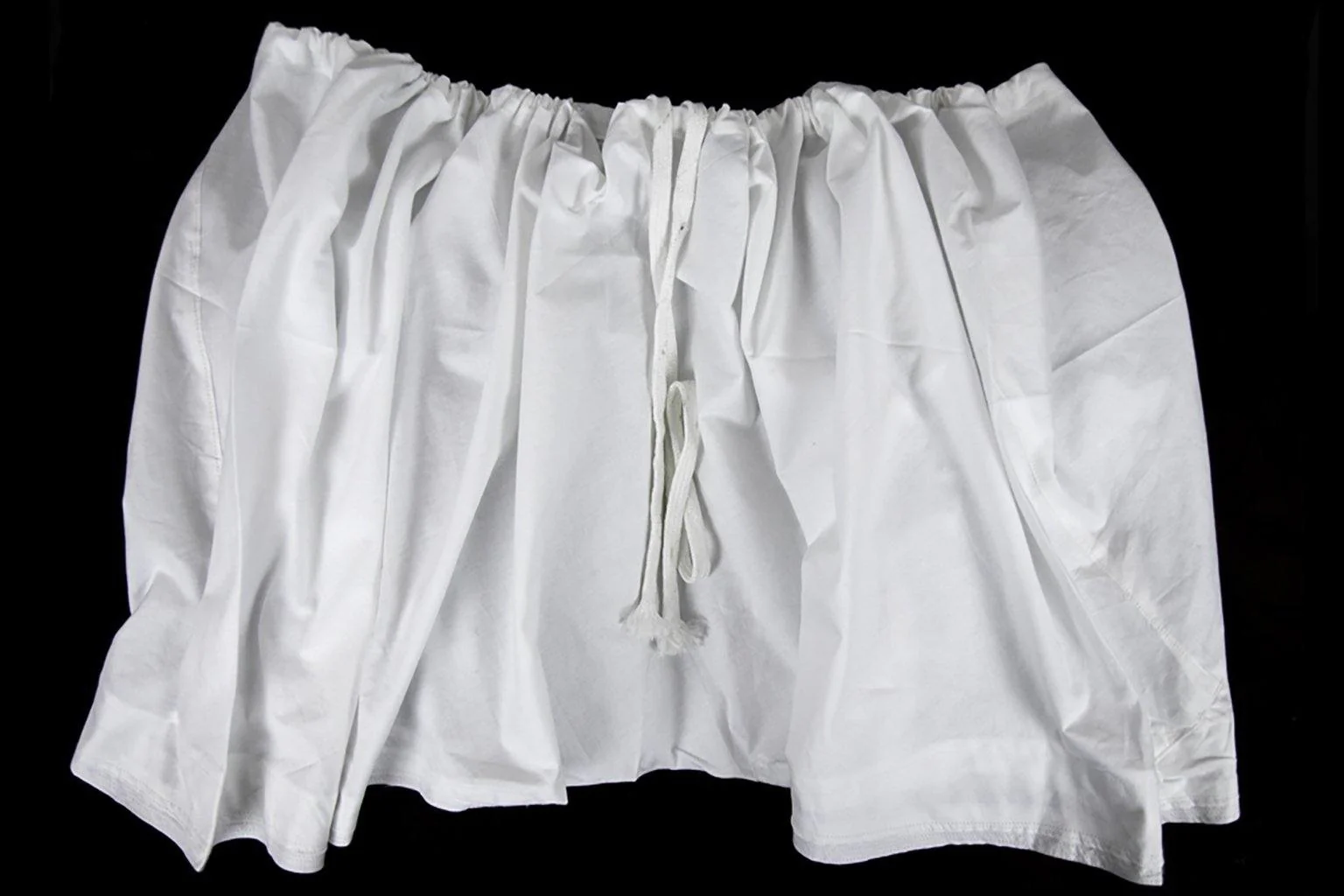In Sikhism, the Kachera holds a significant place as one of the Five Ks, the external articles of faith worn by initiated Sikhs. This article aims to explore the symbolism and purpose behind the Kachera, shedding light on its spiritual and practical significance within Sikh religious practices. Understanding the power and meaning of this unique undergarment deepens our appreciation for the rich symbolism and devotion that lie at the heart of Sikhism. Fully initiated Sikhs wear kachera, a lower body undergarment with a tie-knot naala or naada (drawstring) that is specifically made for shalwar. In appearance, they resemble boxer shorts from Europe. It was presented by Guru Gobind Singh at the Baisakhi Amrit Sanskar in 1699 and is one of the five Sikh articles of faith known as the Five Ks (). Since Guru Gobind Singh, the tenth Guru of Sikhism, issued a binding religious directive requiring its wearing in 1699, Kachera had been worn by initiated Sikhs (Khalsa). Sikh men and women dress similarly underneath. This is one of the five articles of faith (collectively referred to as “Kakkars”) that serve as the external, visible emblems for visibly and visibly demonstrating one’s commitment and allegiance to the order (Hukam).
The Symbolism of the Kachera
The Kachera is a special undergarment worn by initiated Sikhs, symbolizing purity, self-restraint, and control over one’s desires. It is a reminder to the Sikh to lead a disciplined life, practicing moderation and avoiding excessive indulgence. The Kachera is seen as a defense against lust, promoting moral and ethical conduct.
The design of the Kachera also holds symbolic meaning. It consists of loose-fitting cotton fabric tied with a drawstring or straps, allowing freedom of movement. This loose design represents the Sikh’s commitment to adaptability and flexibility in life while remaining firmly rooted in Sikh principles.
Furthermore, the Kachera signifies equality and unity among Sikhs. Regardless of one’s social status or background, all initiated Sikhs wear the same type of Kachera. This promotes a sense of brotherhood and removes distinctions based on material wealth or societal hierarchies.
According to the Sikh Code of Conduct, “For a Sikh, there is no restriction or requirement as to dress, except that he must wear Kachera and turban.”[1] Kachera is a sort of drawer that is frequently used as knickers and is tied by a fitting string around the waist. Gobind Singh gave this Kakkar to his Sikh followers as a reminder to restrain their lustful sexual desires. The purpose of the above-the-knee kachera is to offer the wearer a sense of honor, modesty, and dignity. The typical material for the outfit is white, breathable cotton.
It serves as a covering for the genitalia and a reminder of the Guru’s injunction to treat people of the other sex as one would treat immediate relatives and not as objects of passion. With the help of a “nara” (drawstring), the kaccha is fastened and knotted. This serves as just another reminder that taking the drawstring off gives you time to consider what you are about to do.
The Purpose of the Kachera
The Kachera serves multiple purposes within Sikhism. Firstly, it serves as a physical reminder of the Sikh’s commitment to the Khalsa and the principles laid down by Guru Gobind Singh. By wearing the Kachera, Sikhs are constantly reminded of their spiritual journey and the need to uphold the values and virtues of Sikhism in their daily lives.
Secondly, the Kachera acts as a form of protection. Just as armor shields a warrior, the Kachera is believed to protect the wearer from negative influences and temptations. It serves as a safeguard against vices and promotes self-discipline, encouraging Sikhs to resist immoral and unethical behavior.
The Kachera also represents humility and modesty. It reminds Sikhs to maintain a sense of modesty in their attire and conduct, avoiding ostentation and excessive attachment to material possessions. By wearing the Kachera, Sikhs demonstrate their commitment to leading a simple and humble lifestyle.
Practical Significance and Everyday Application
Beyond its symbolic and spiritual significance, the Kachera also has practical applications in a Sikh’s everyday life. Its loose and comfortable design allows for easy movement, making it suitable for physical activities and martial arts practice, which have historically been an integral part of Sikh tradition.
The Kachera’s loose fit also reflects the Sikh’s readiness for action and service. It signifies the Sikh’s preparedness to engage in selfless service (seva) and respond to the needs of others. The practicality of the Kachera aligns with Sikh values of compassion, generosity, and social responsibility.
Conclusion
The Kachera, as a symbol of purity, self-restraint, and humility, holds immense significance in Sikhism. Its purpose extends beyond its physical form, serving as a constant reminder of the Sikh’s commitment to the principles of Sikhism and the Khalsa identity. The Kachera’s practical applications, such as promoting flexibility, readiness for service, and modesty, further reinforce its importance in the daily lives of initiated Sikhs. Understanding the power and symbolism of the Kachera deepens our understanding of Sikh spiritual practices and highlights the devotion and discipline that are integral to the Sikh way of life.








